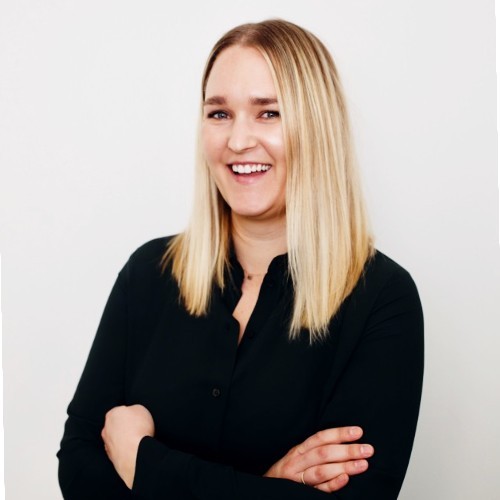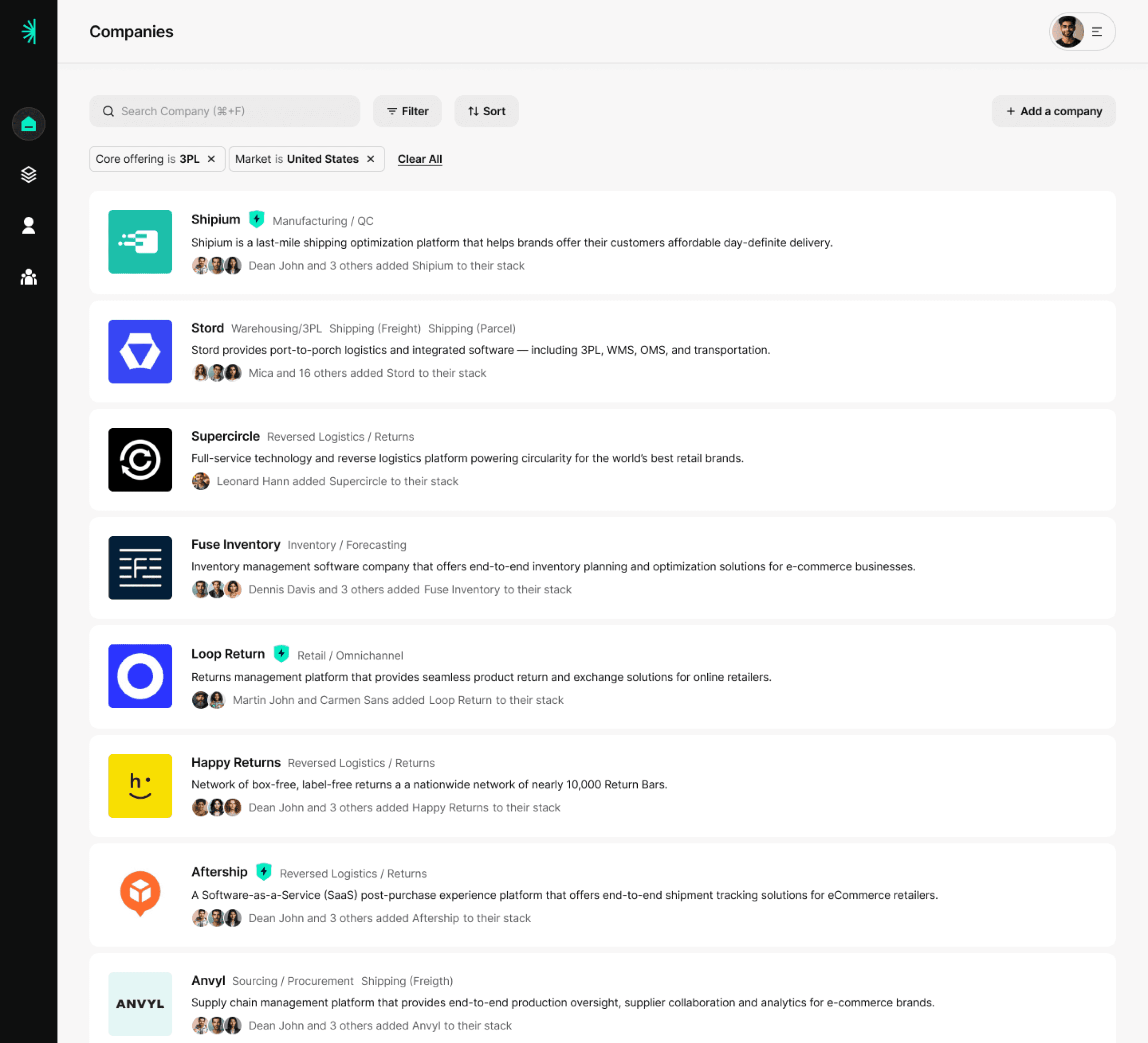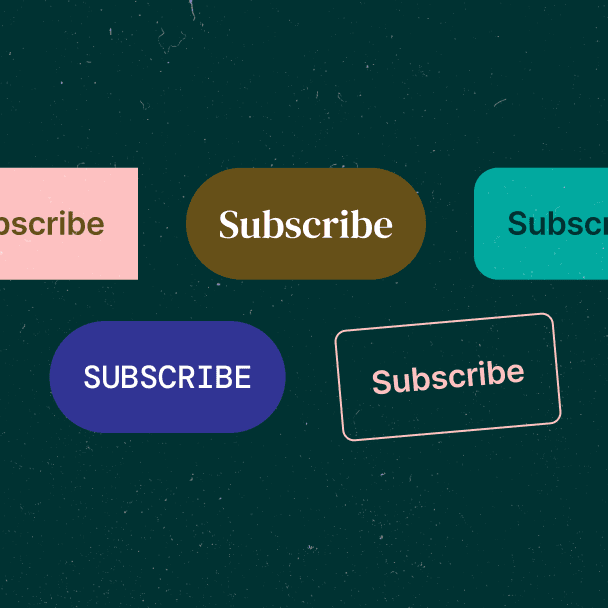Launching subscription takes full-company buy-in.
Kristin Liebman
TLDR:
Skylar unlocked an unexpectedly successful source of revenue by adding the option to subscribe.
The setup
Kristin was the Director of Operations and Inventory Planning at Skylar, a clean fragrance brand founded by former Honest Company VP Ops Cat Chen.
After ~3 years in operation, Skylar launched a subscription service offering a new, limited edition fragrance each month.
Customers on the subscription could preview the fragrance for each month and decide whether they wanted to opt in.
What happened
Adding a subscription required coordination from multiple teams:
Marketing to announce and promote it
Engineering to implement it on the site and handle subscription revenue
Operations to ensure the company’s 3PL was equipped for batch shipping.
Inventory Planning to model the revenue and cost impacts of the new program.
Every month, Kristin would meet with the heads of operations, marketing, and finance to forecast the following month’s subscription sales.
This was both art and science. The team understood the product and customer well enough to make educated guesses about sales based on whether the fragrance had mass appeal.
To avoid selling out, the Skylar team would order a 20-25% buffer on the new scent, then put any unsold inventory into a “vault”.
Items in the vault could then be rolled out again to the customers who had loved the fragrance that month, while creating scarcity (since items in the vault would sell down without replenishment).
The vault significantly reduced the financial risk of over-buying inventory for subscription (since it could always be sold later via the vault).
Because the subscription was fairly low-risk financially, it became an incredibly important testbed for Skylar to debut new fragrances that would eventually make it into the mainline product line-up.
Results
👉 The subscription service gained a significant following, with some subscribers staying for over a year.
👉 It became a platform for testing new fragrances, many of which became part of Skyler's regular lineup.
Key lessons
✅ Launching subscription takes full-company buy-in
Between marketing, finance, ops, product, planning, and tech — subscriptions require work from every team. Rolling out a subscription shouldn’t be attempted without a strong central leader: if not the CEO, then someone who can rally and coordinate all of the necessary stakeholders.
✅ Predicting subscription revenue is both an art and a science
If you’re launching a subscription that is different every month (i.e. not razor refills), you’re going to get variance in who wants to opt in. Having a deep knowledge of your customer and product can help you get closer to a true forecast in a way that regression analysis or other analytical tools simply cannot.
✅ Subscriptions are a powerful way to test new product
Skylar’s subscription wasn’t just padding on baseline revenue. It allowed them to rapidly release new product into the hands of early-adopters, thereby learning what breakout products they could double down on later.
✅ An inventory “vault” de-risks subscription overstock
Allowing subscribers to go back and re-buy product after their subscription month turns a liability (i.e. overstock) into an asset: the chance for repeat sales, as well as demand signal for specific products.


